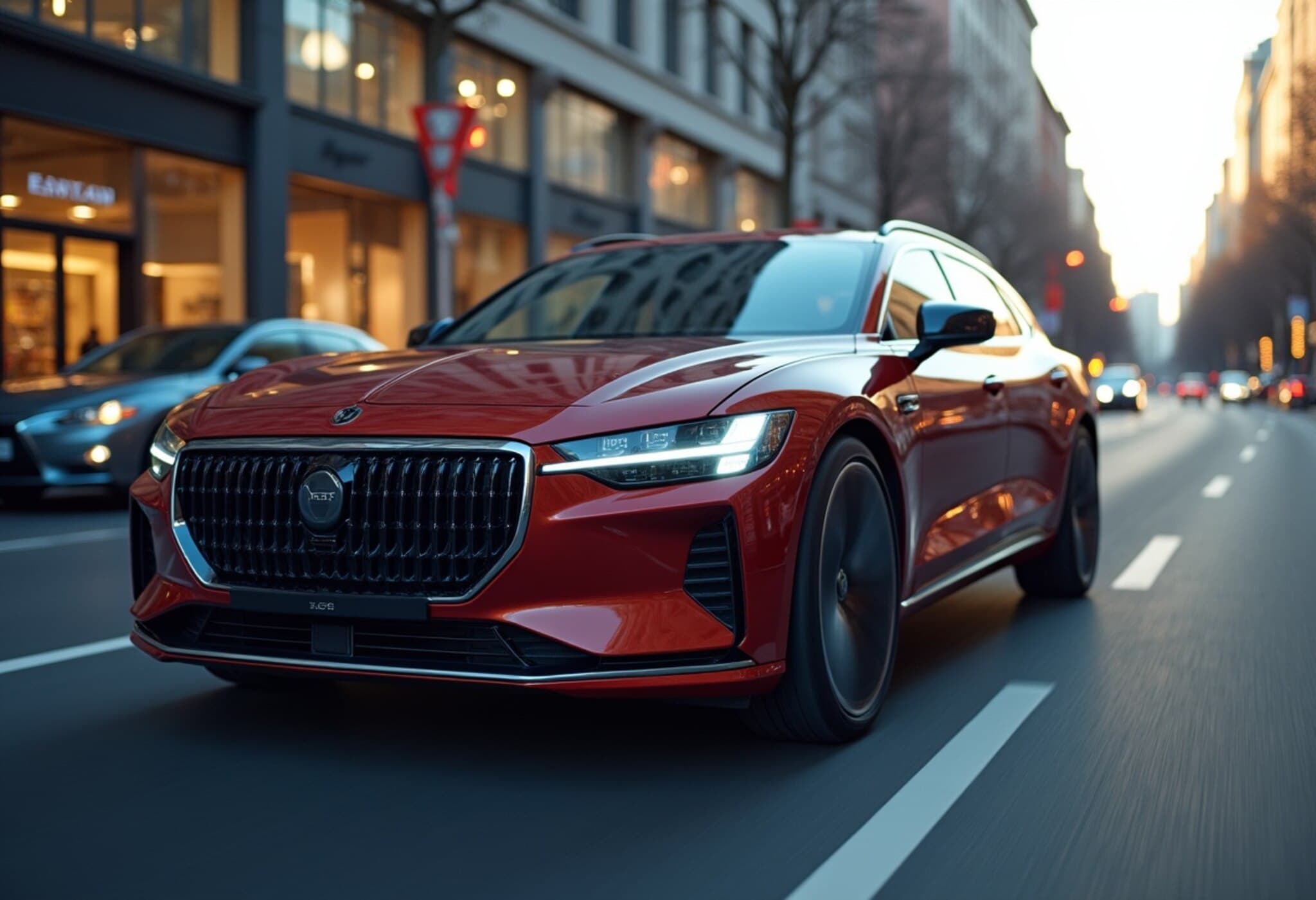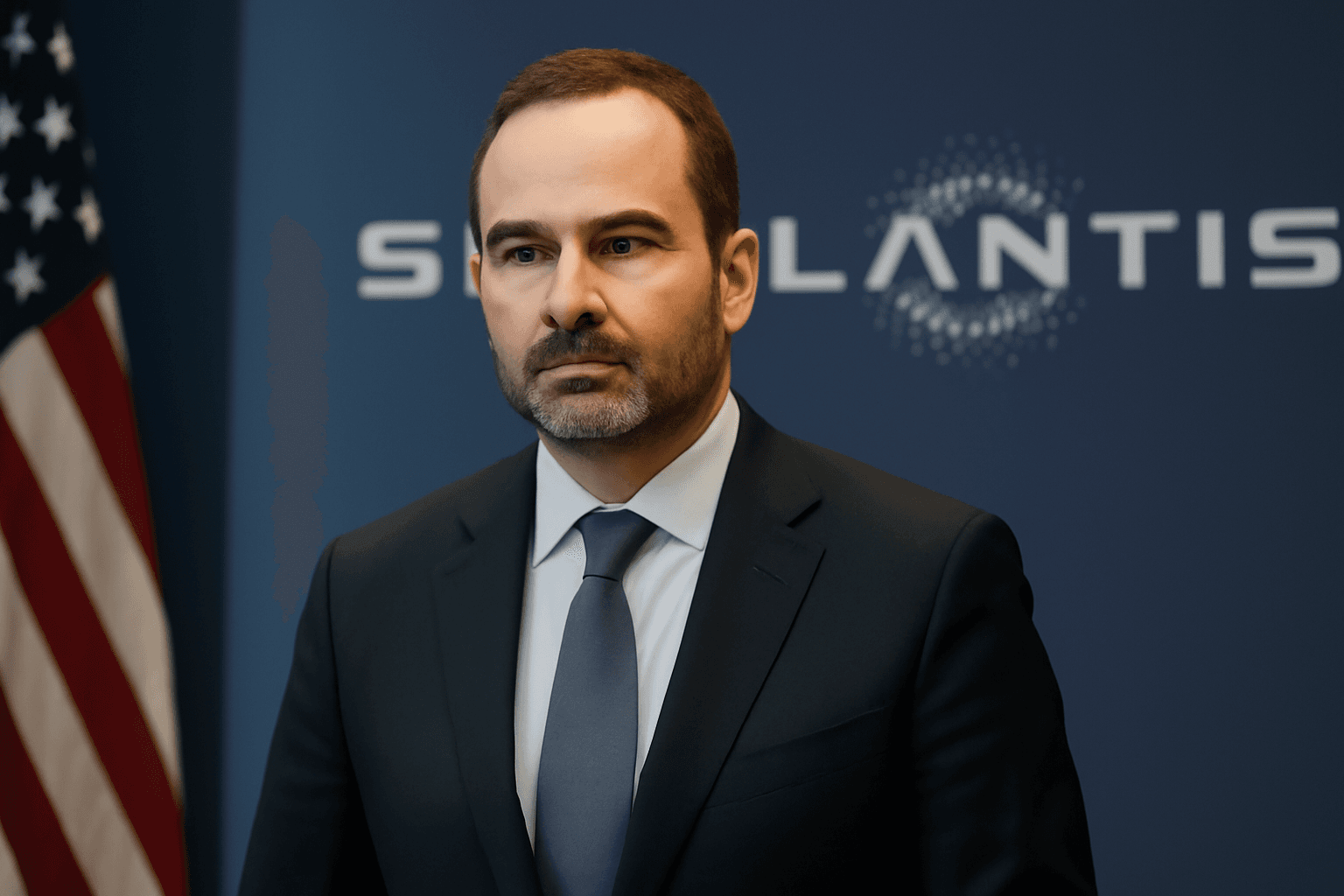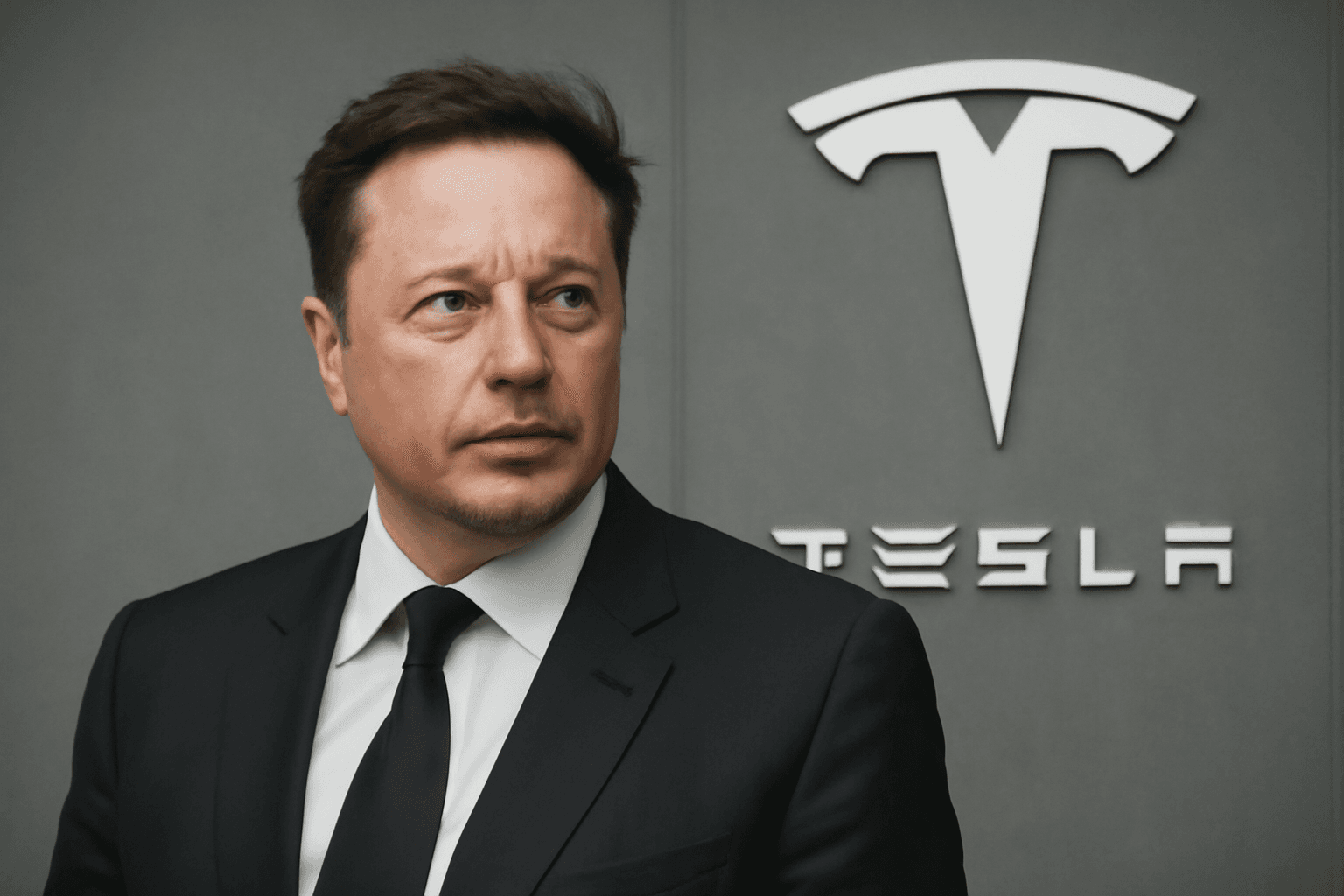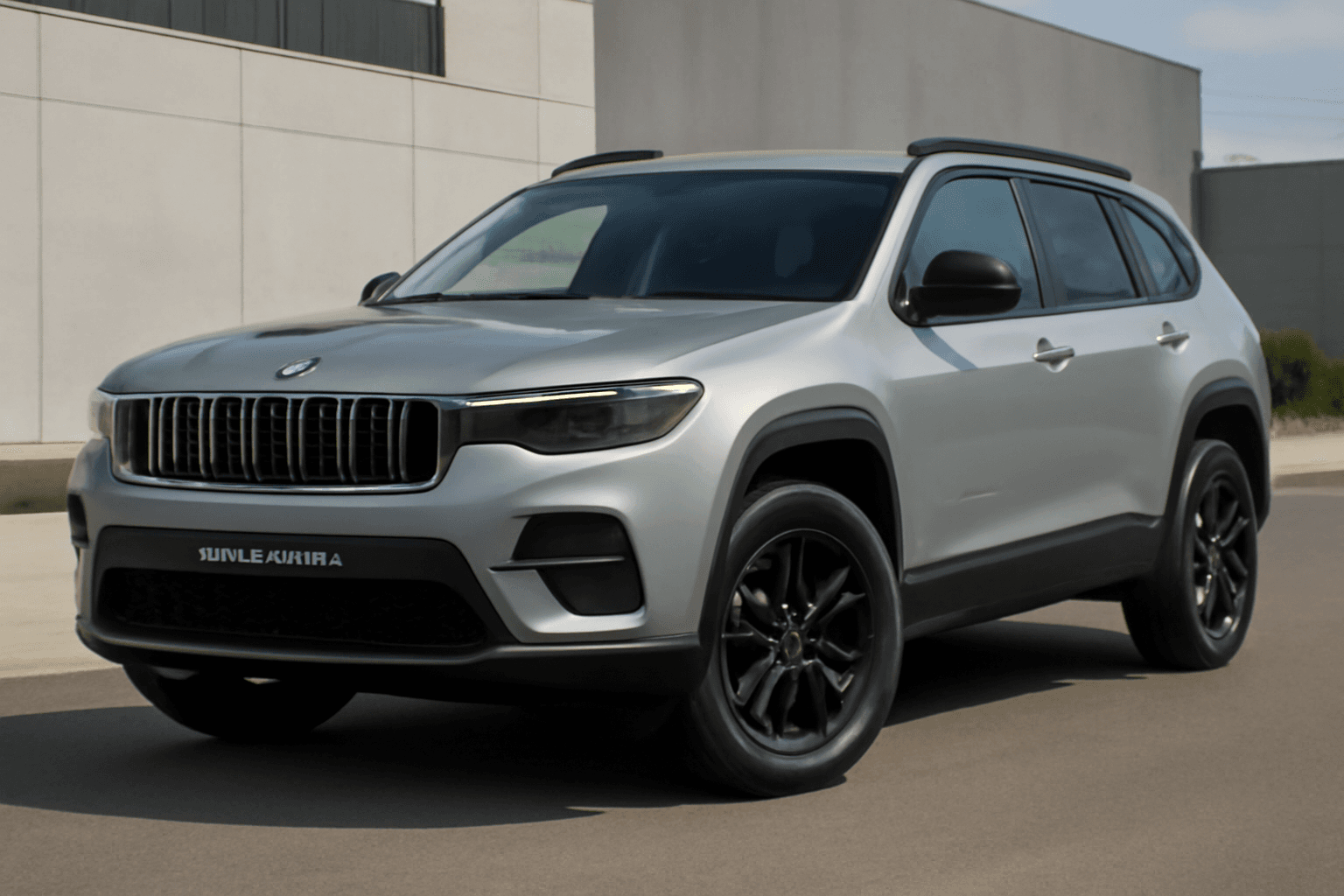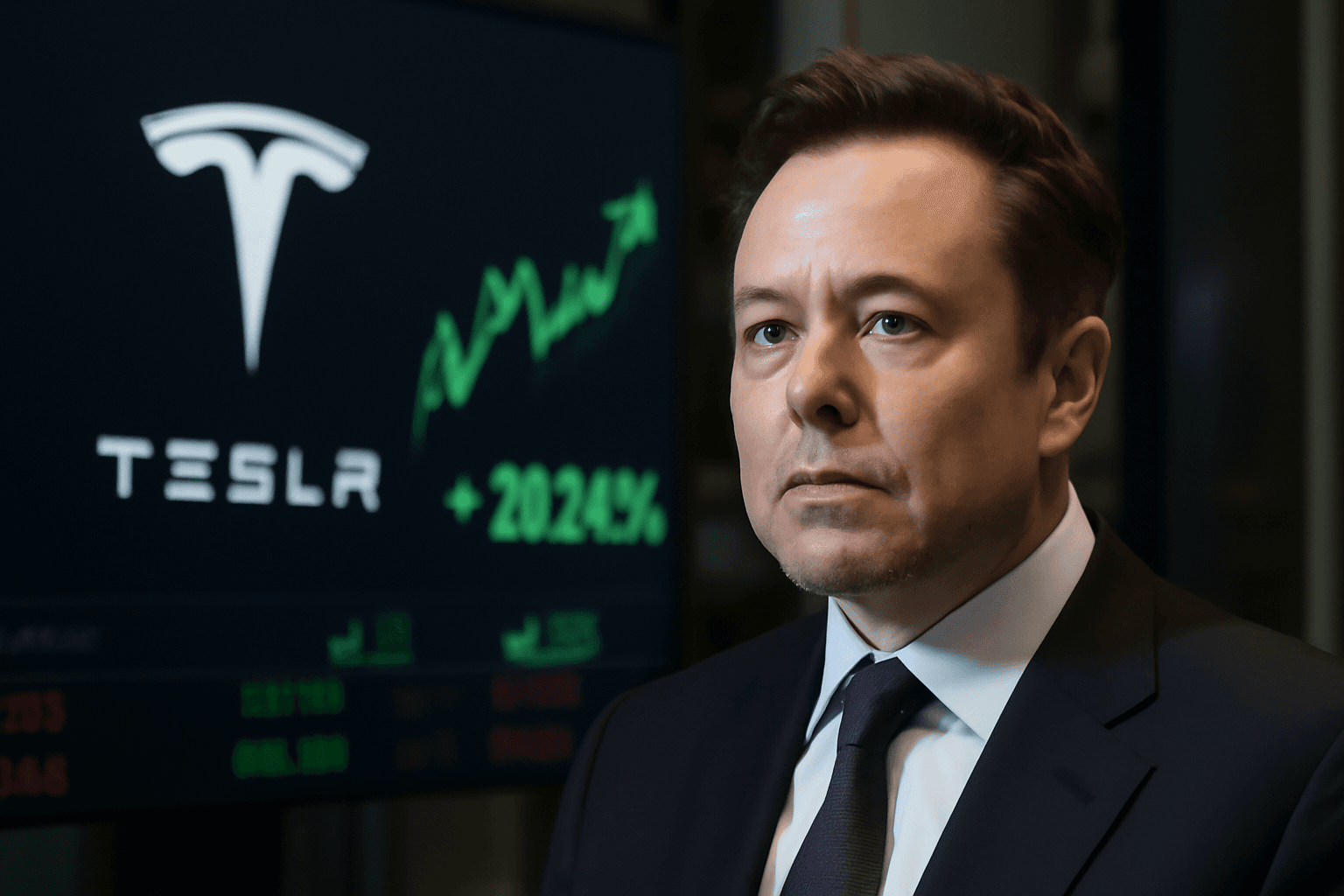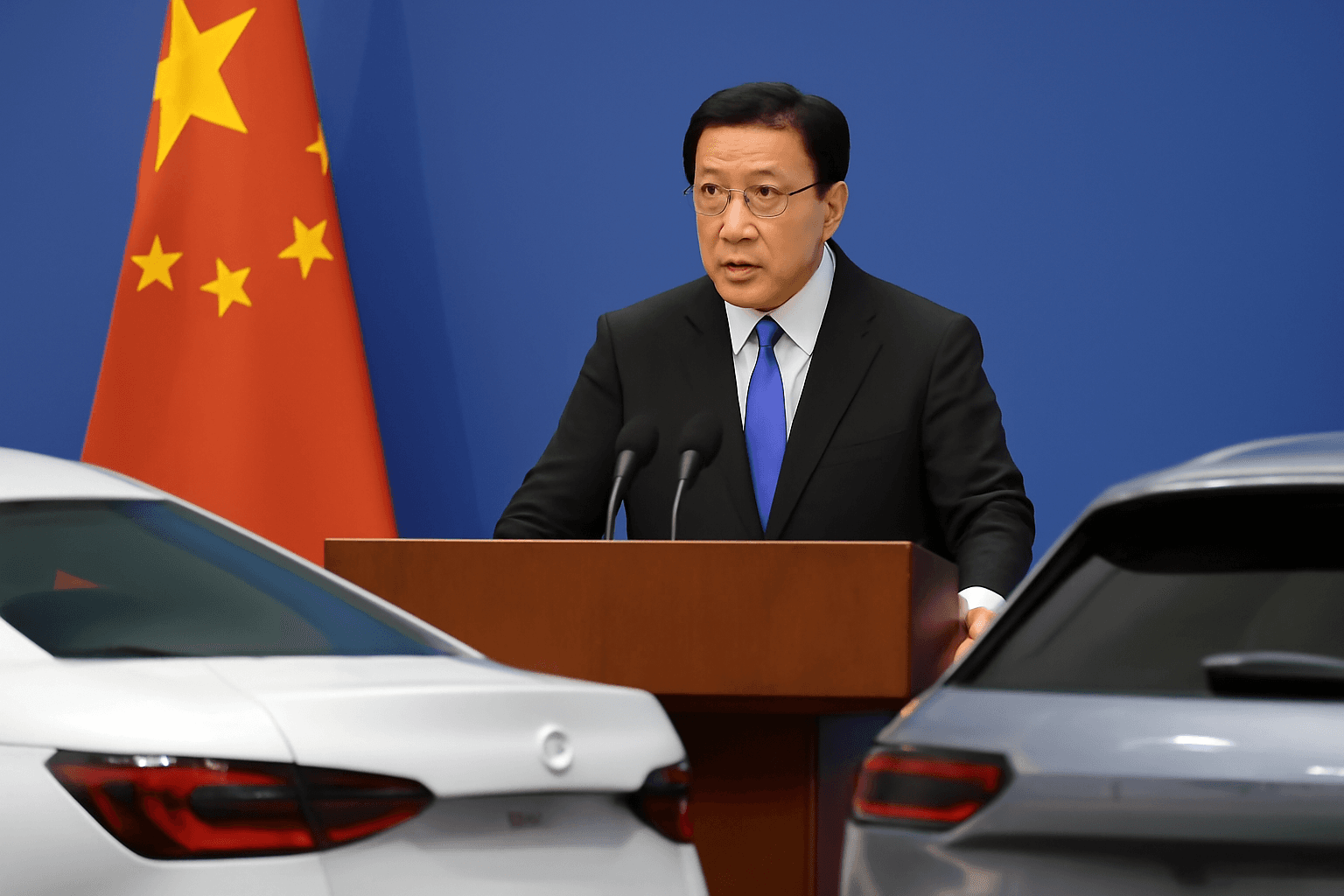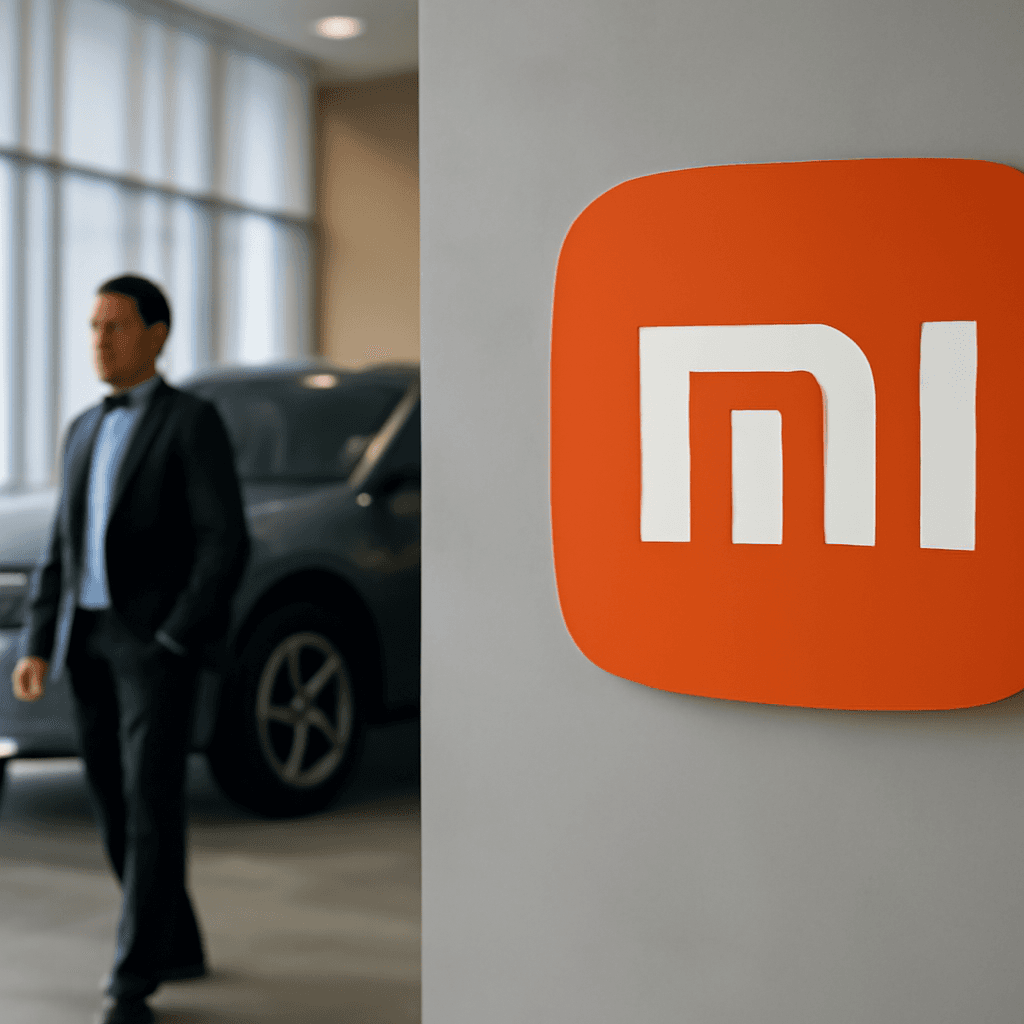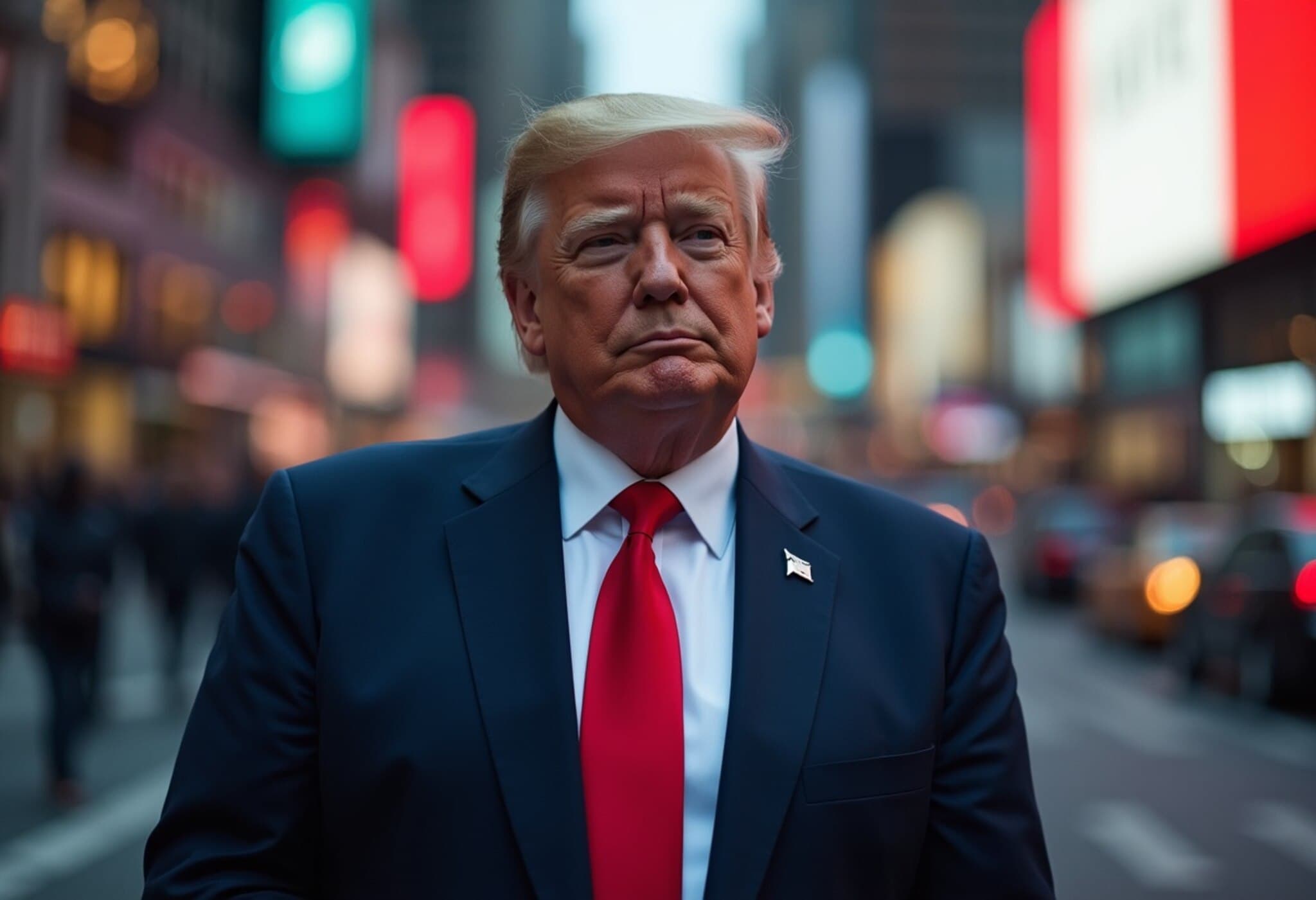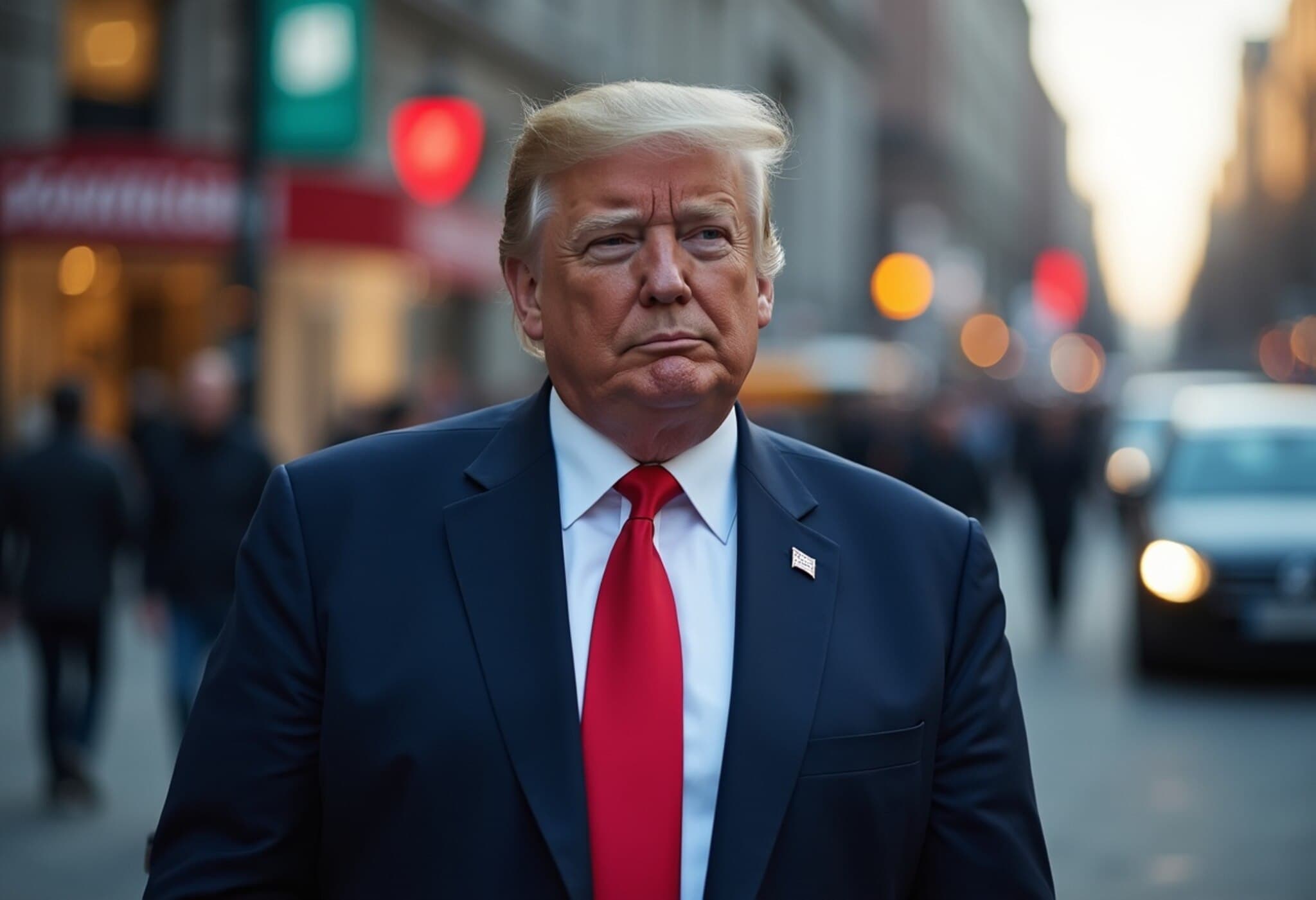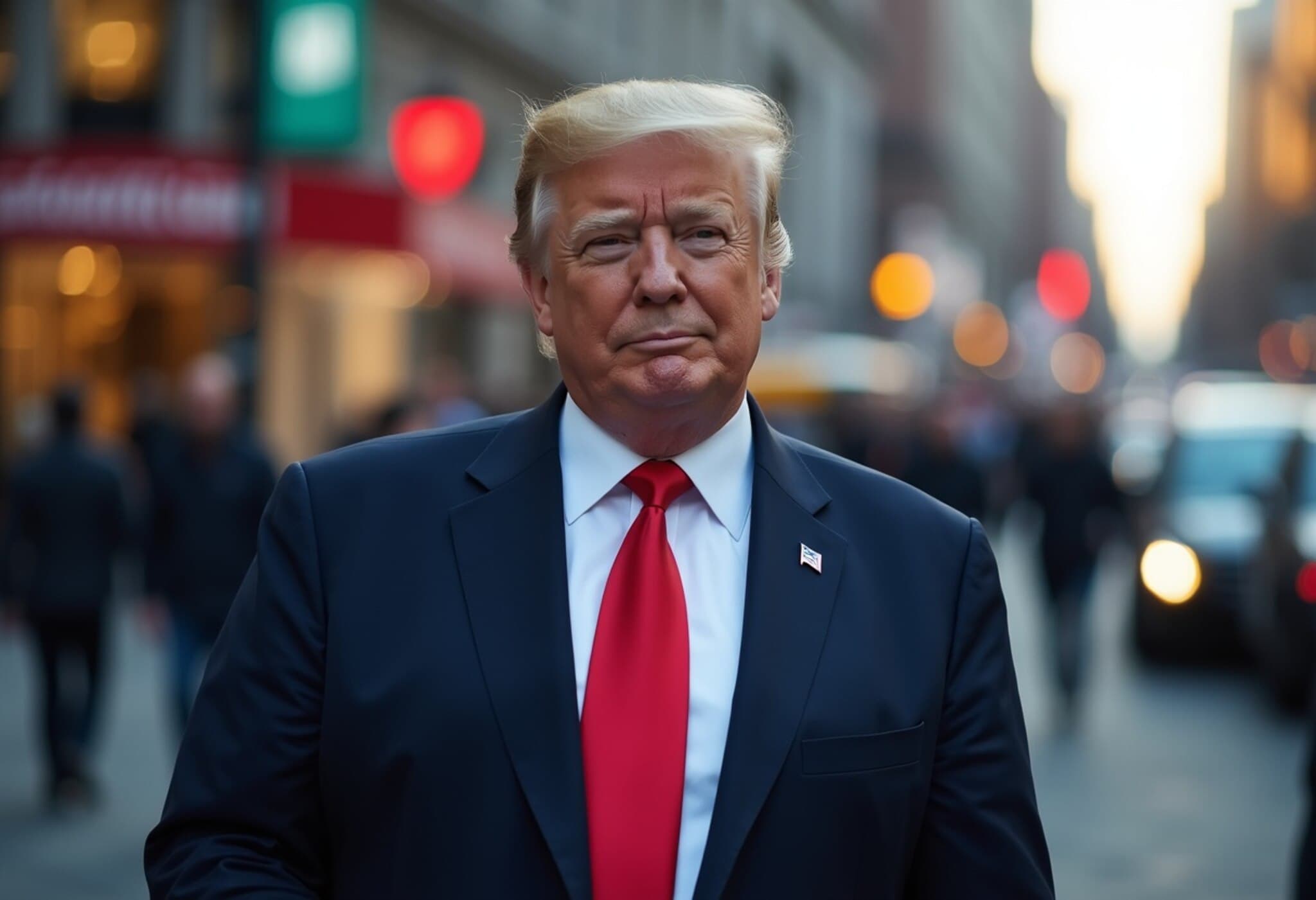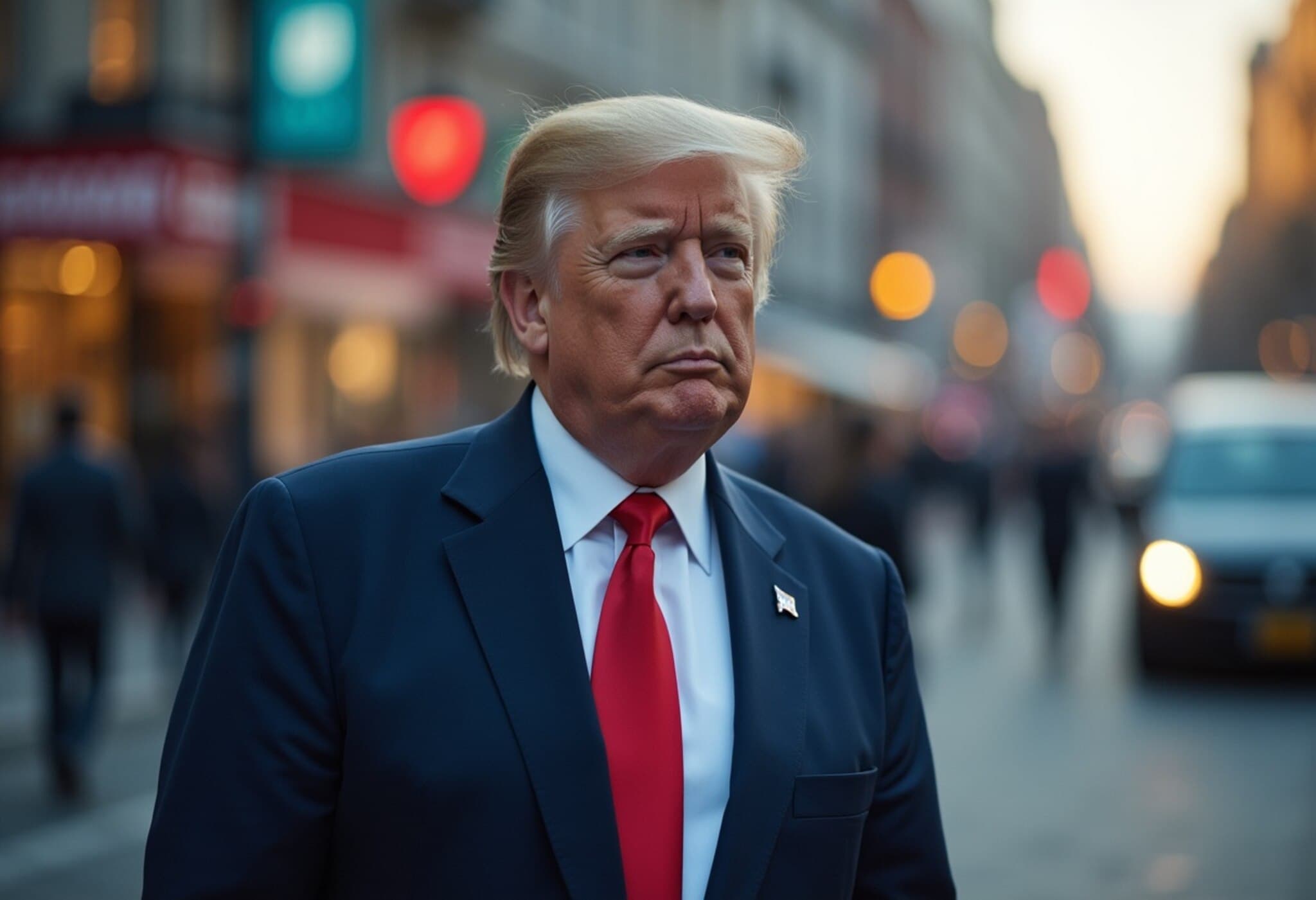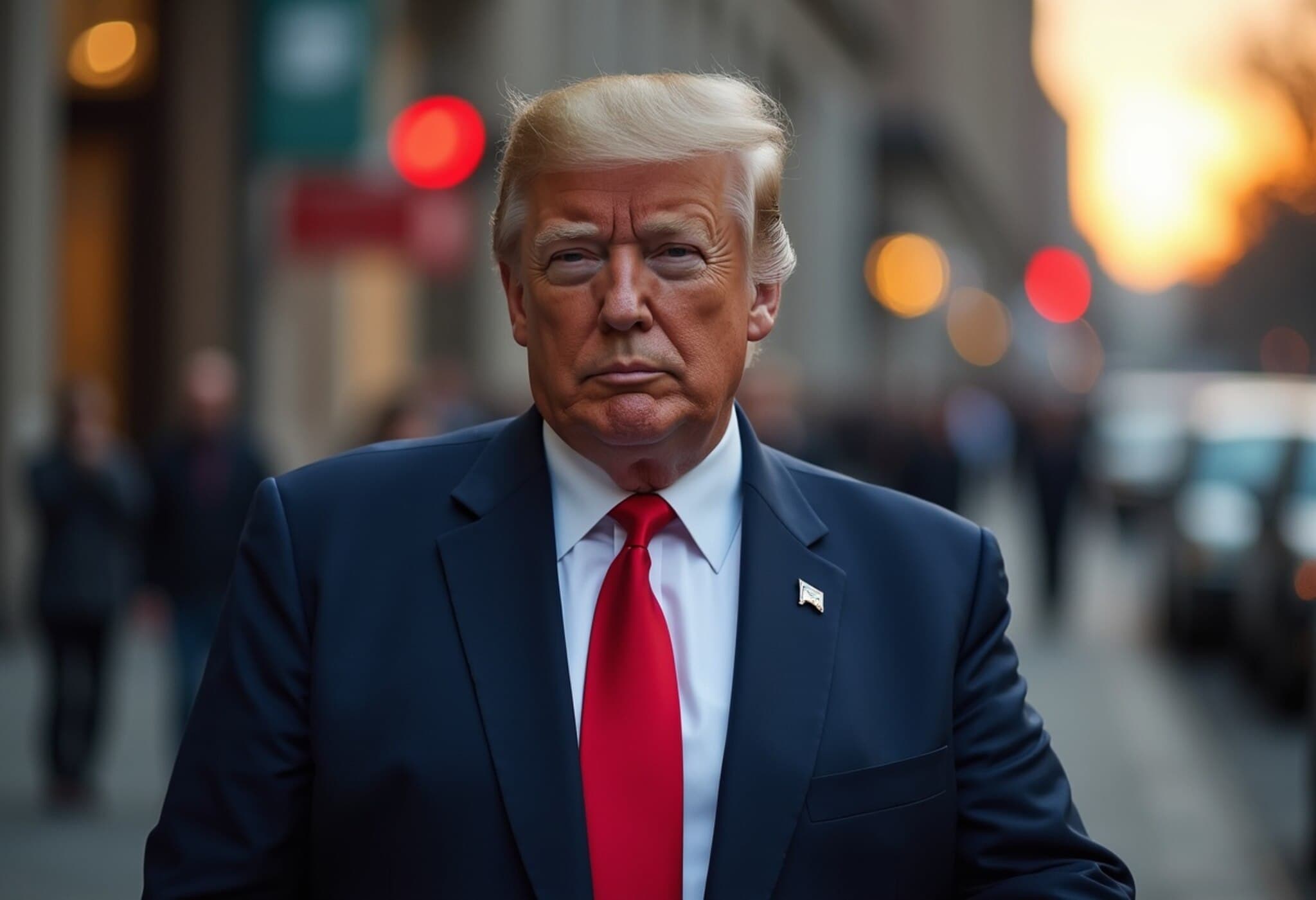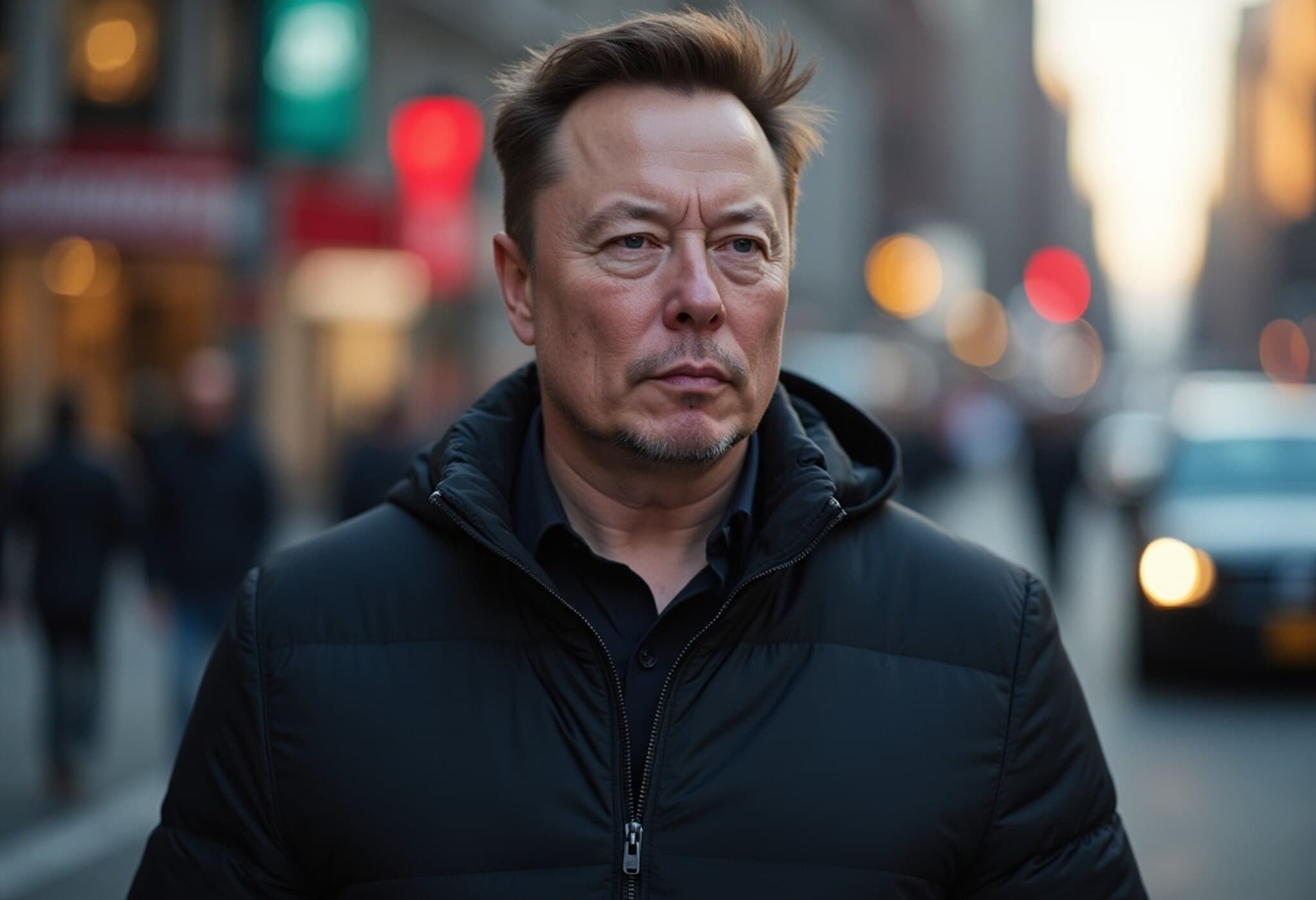How Trump's Tariffs Are Disrupting Europe's Auto Giants
In a dramatic reshaping of global trade dynamics, President Donald Trump’s decision earlier this year to impose a 25% tariff on foreign-made vehicles and auto parts is beginning to reverberate sharply across Europe’s auto industry. For a sector deeply interwoven with international supply chains and reliant on materials like steel and aluminum—also subjected to heavy levies—the consequences are no longer theoretical but financially tangible.
The Tariff Shockwaves on European Automakers
Since April 2025, when the tariffs came into effect, multiple major European car manufacturers have reported significant financial setbacks linked directly to these new U.S. import duties. Stellantis, the multinational conglomerate behind well-known brands such as Jeep, Dodge, Fiat, and Peugeot, recently disclosed that it has already absorbed approximately €300 million ($351 million) in tariff-related costs during the first half of the year.
Doug Ostermann, Stellantis's Chief Financial Officer, cautioned that the full-year tariff impact could balloon to between €1 billion and €1.5 billion ($1.17-$1.76 billion). This staggering hit underscores the vulnerability of companies intertwined in global vehicle production and sales when faced with abrupt trade policy changes.
Volvo’s Distress: A Case Study in Tariff Consequences
Swedish automaker Volvo Cars stands out as particularly exposed. The company announced a sharp, year-over-year plunge in its second-quarter operating profit, which dipped to 2.9 billion Swedish kronor ($302 million) from an impressive 8 billion kronor the previous year. The CEO, Håkan Samuelsson, revealed plans to mitigate further losses by shifting production of the bestselling XC60 SUV to their U.S. plant in South Carolina. This strategic move highlights an essential lesson emerging from the tariffs—localizing production can be a vital adaptation to avoid punitive import costs.
Renault Navigates Turbulence with Relative Resilience
French automaker Renault, although not directly participating in the U.S. market, has nonetheless felt the ripple effects. Despite these challenges, Renault has managed to somewhat cushion itself through innovative vehicle launches and a strong foothold in other key markets. Still, it faces headwinds including slower European demand and intensifying competition from rising Chinese manufacturers.
Steel, Aluminum Tariffs Compound Industry Woes
Beyond vehicles and parts, Trump’s administration amplified tariffs on steel and aluminum imports to 50%, an additional strain given their critical role in automotive manufacturing. These levies elevate input costs and add complexity to already stretched supply chains. For an industry that thrives on just-in-time inventory and global sourcing, the tariffs signify not just extra expenses, but also heightened uncertainty.
EU's Response and Future Outlook
In response to these escalating trade tensions, the European Commission has condemned the tariffs and threatened retaliatory measures. Meanwhile, President Trump’s threat to increase auto tariffs to 30% starting August 1 has ratcheted concerns, creating a climate of near-constant uncertainty for European manufacturers and U.S. consumers alike.
Several major German manufacturers, including the continent’s largest carmaker, are yet to release their half-year results, which analysts will scrutinize for further insight into the tariffs’ cascading effects.
Expert Insights: Navigating an Uncertain Trade Landscape
Trade expert Dr. Evelyn Mackenzie, specializing in transatlantic commerce, observes, "These tariffs have disrupted deeply established supply networks and will likely incentivize a shift towards localized production in the U.S., potentially accelerating industrial realignment but also raising costs globally." She adds, "The disproportionate impact on European automakers, many of whom have invested heavily in U.S. plants, reveals how non-tariff measures and bilateral tensions can unexpectedly ripple through multinational operations."
Economically, the tariffs underscore the complex interplay between protectionism and globalization, reigniting debates over free trade versus economic sovereignty. They also highlight how geopolitical decisions inevitably translate into fluctuating consumer prices and corporate profitability.
What Lies Ahead?
- European automakers are rapidly recalibrating supply chains and production footprints in response to tariffs.
- U.S. consumers may face higher vehicle prices as import costs rise.
- Policymakers remain on edge amid negotiations and potential retaliatory tariffs that could escalate trade tensions.
- Global automotive competition is shifting, with emerging players like Chinese manufacturers leveraging these disruptions to gain market share.
Editor’s Note
The unfolding saga of Trump’s tariffs paints a complex portrait of globalization clashing with protectionism. While intended to bolster U.S. manufacturing, these tariffs reveal unintended consequences that ripple across the automotive industry's value chains—and ultimately, the drivers behind the wheel. As the European car industry grapples with this challenge, a key question emerges: will these measures spur a reinvention of auto manufacturing, or deepen economic rifts that trickle down to consumers worldwide? Observers should watch closely the upcoming earnings releases from major players and the EU's diplomatic moves, which may signal the next chapter in this high-stakes trade drama.

